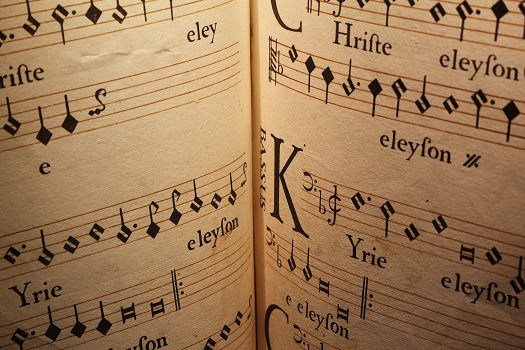
July 5, 2022
If you live in the United States, you’re undoubtedly already at least a little familiar with Latin music. Everywhere you go, you’ll hear Latin tunes playing—in commercials, on the radio, and especially in clubs. Latin music has exploded in popularity over the last decade or so to become an integral part of mainstream culture. What’s behind this meteoric rise? Find out why some of the most popular tunes in the country are Latin tracks, which you’re sure to hear when you hit the dance floor at Onyx Room, the hottest Latin club in San Diego.
Latin Music Blurs Lines between Genres
One major reason for the growing influence of Latin music—especially reggaeton—is because it embraces and adapts elements of popular music from all over the world. Reggaeton started as a Panamanian adaptation of Jamaican dance music and grew in the 1990s when Puerto Rican artists started to experiment with it. Today’s reggaeton incorporates various musical traditions, particularly trap. One of the most popular artists, Bad Bunny, often mixes trap and reggaeton in a subgenre that’s known as Latin trap.
Fusing musical styles creates music that appeals to fans of a wide variety of genres, and artists from across the musical spectrum are collaborating to blur the lines even further. “Despacito” is a great example. First released as a track by Spanish-speaking artists Daddy Yankee and Luis Fonsi, the song was a huge success in Latin America. A remixed version featuring Justin Bieber shot to the top of the U.S. charts and captured worldwide attention. The success of this star-studded single is often credited as sparking major collaborations among North American and Latin musicians that are transforming the musical landscape in the United States.
Latin Beats Are So Danceable
People of all ages and backgrounds are powerless to resist Latin music’s upbeat vibe and rhythmic beats. Whether the lyrics are in English, Spanish, or both, the music just makes you need to move. For example, take Bad Bunny and Jhay Cortez’s “Dakiti,” Farruko’ s “Pepas,” and even Ricky Martin’s “Livin’ La Vida Loca.” People don’t have to understand the lyrics to love these songs, and they’re worldwide blockbuster hits.
That’s precisely the point. The words aren’t nearly as important as the sound, the style, and how it makes you feel. Latin music has a global sound with universal appeal a huge variety of cultures can relate to, so its growing popularity in the U.S. and all over the world should come as no surprise.
Latin Music Is American Music
The blending of Latin sounds into pop hits used to be framed as a crossover of musical genres and cultures, but that’s no longer the case. Latin and American music can no longer be thought of as unique and separate. Latin music’s status in mainstream American culture isn’t a crossover—it’s a reflection of the world as it truly exists. Latinx people make up the largest minority in the United States, so Latin culture isn’t separate from American culture—it is American culture. As Michel Vega, Chief Executive Officer for Magnus Media, put it, “You can’t cross over to someplace you’re already at.”
You’ll hear the hottest Latin hits when you head to the area’s top Latin club. San Diego nightclub goers consistently rank Onyx Room as the best nightclub in town. With multiple rooms and various genres, we’re sure to please both first-time and veteran San Diego clubgoers. Whether you’re looking for the best Top 40, reggaeton, urban Latin, or hip hop clubs in San Diego, we have something to please everyone. Come see for yourself what Onyx has to offer. To join the guest list for the night of your choosing or get VIP bottle service and experience why Onyx Nightclub is the best San Diego nightclub, call us at 619-876-8044.
Share This Article
